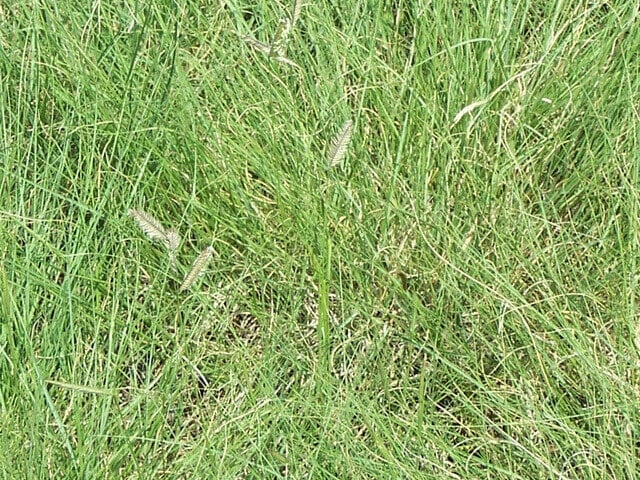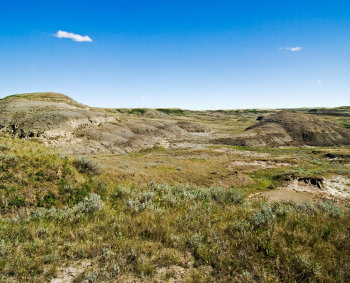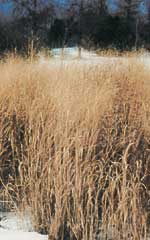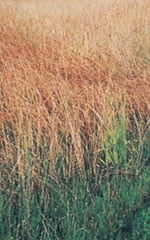Description
Blue Grama Seeds 8005 (Bouteloua gracilis). Open Pollinated. Perennial.
1,500 seeds/gram
A fine leaved, delicate looking perennial bunch grass with grey-green foliage and pretty greyish-purple flags on every stem. It is often incorrectly referred to as Buffalo Grass. This native warm season grass prefers full sun and well-drained soil. Blue Grama shows very good drought and heat tolerance and is often included in low maintenance, re-vegetation and land reclamation mixes. Plants grow from 20-30 cm tall. Hardy to Zone 3. For many native and perennial plants, late fall is the best time to sow seed directly outside. Why you ask? Simply put, many of these plants produce seed that is viable but dormant. This means allowing seeds to naturally stratify over window will “wake up” the dormant seed for best results.
How to Grow
Native grasses do best when planted in the fall, between Oct. 15th and Nov. 15th. A late fall sowing naturally stratifies any seed that may be dormant. An early spring sowing in April will work but often not as effectively. If ideal growing conditions are unavailable, the seed may go dormant and not germinate until the spring of the following year.
Many native plants will not bloom until the second year of growth when grown from seed. Avoid the use of supplemental fertilizer as this encourages weeds at the expense of the native plants. During the establishment year, native species plantings should be watered when dictated by the weather. The following year’s growth adapts easily to local climate and soil conditions needing only what nature provides. Mow to 20 cm height at least once through the first year of growth should aggressive weeds threaten to take over the planting and again after the fall frosts have reduced annual foliage. Consider a controlled burn of prairie species where municipal laws permit. The encroachment of woody or non-prairie vegetation is curtailed by fire allowing the prairie community to thrive.





